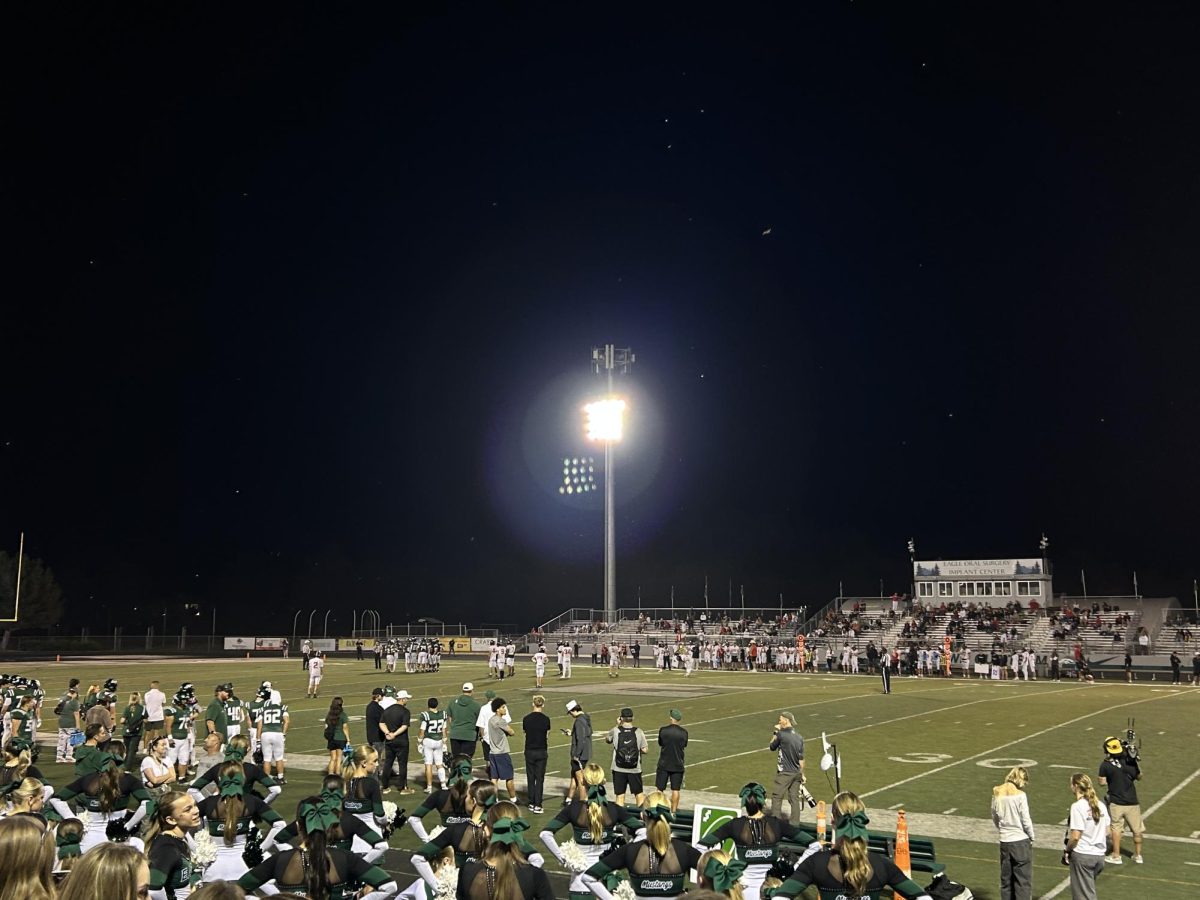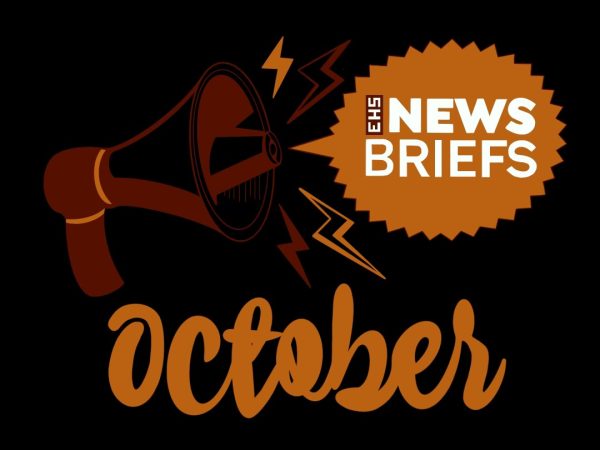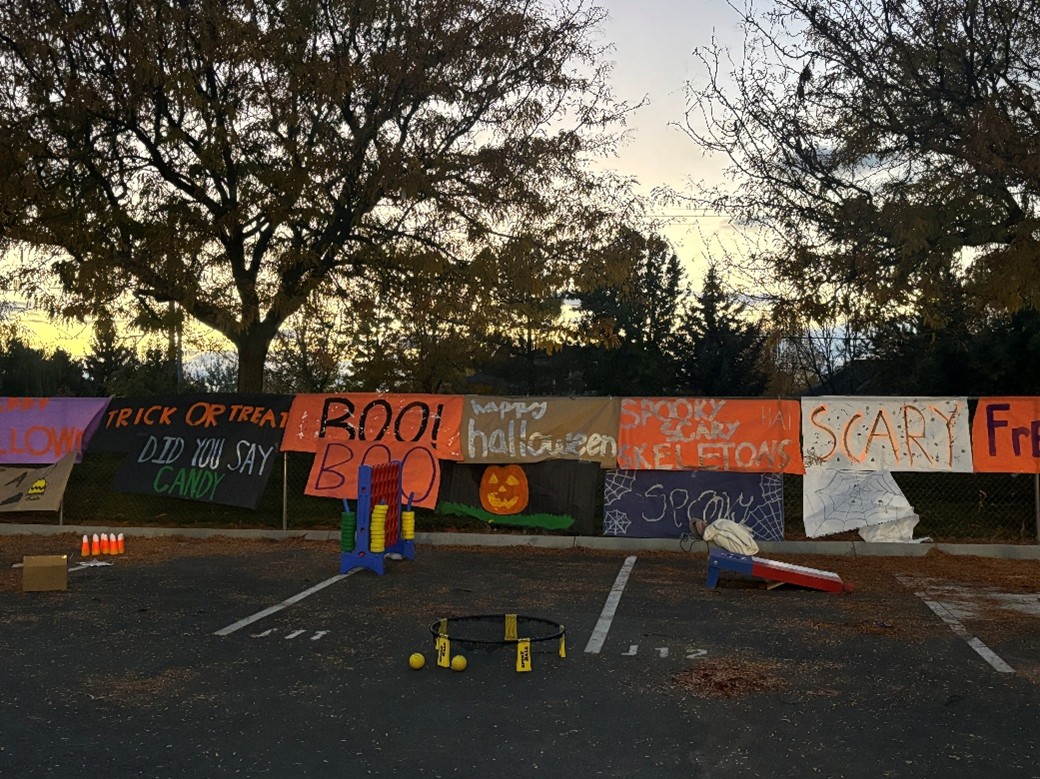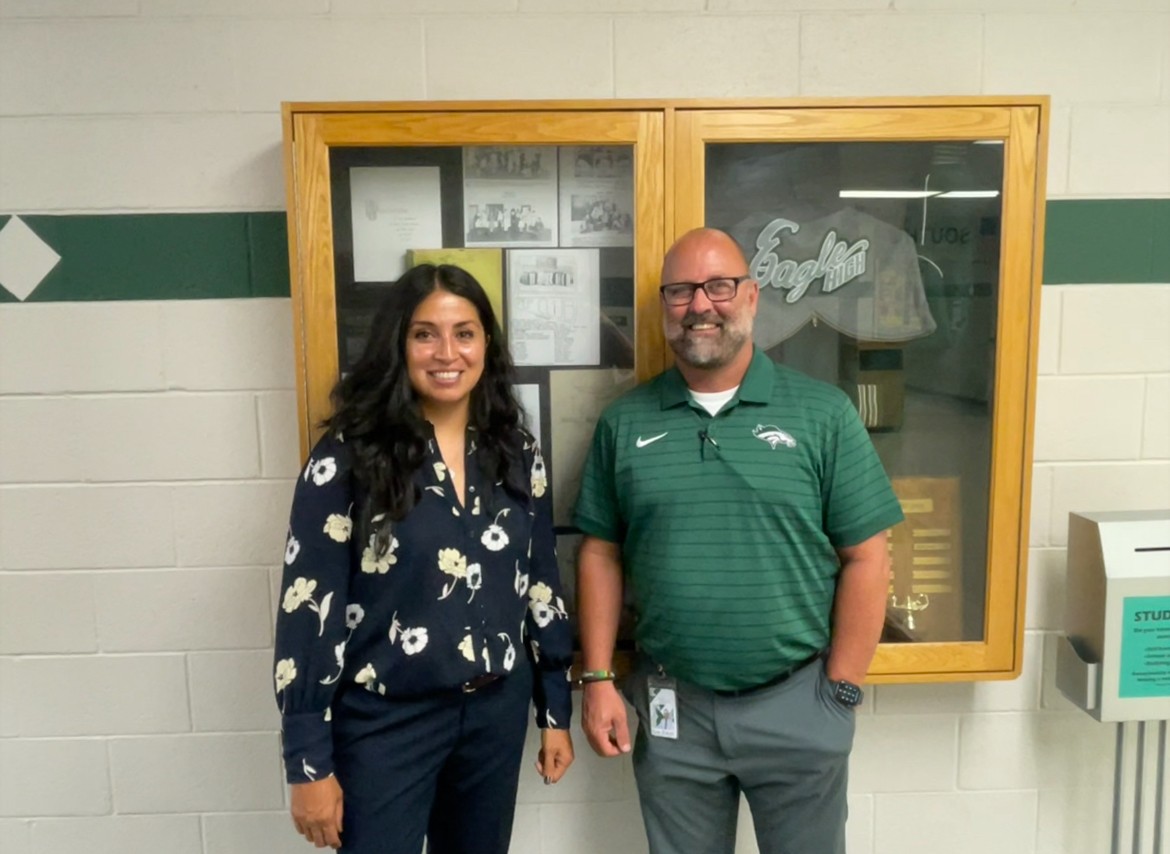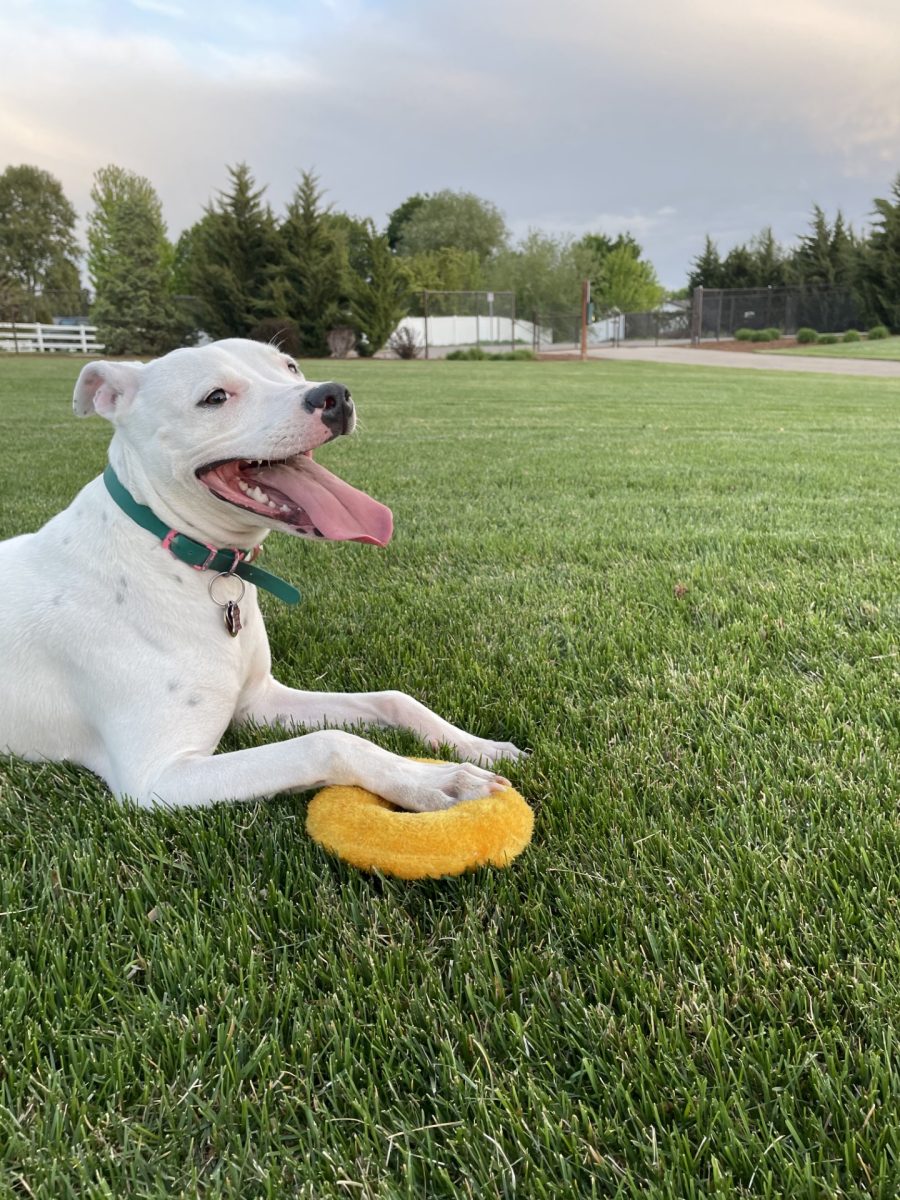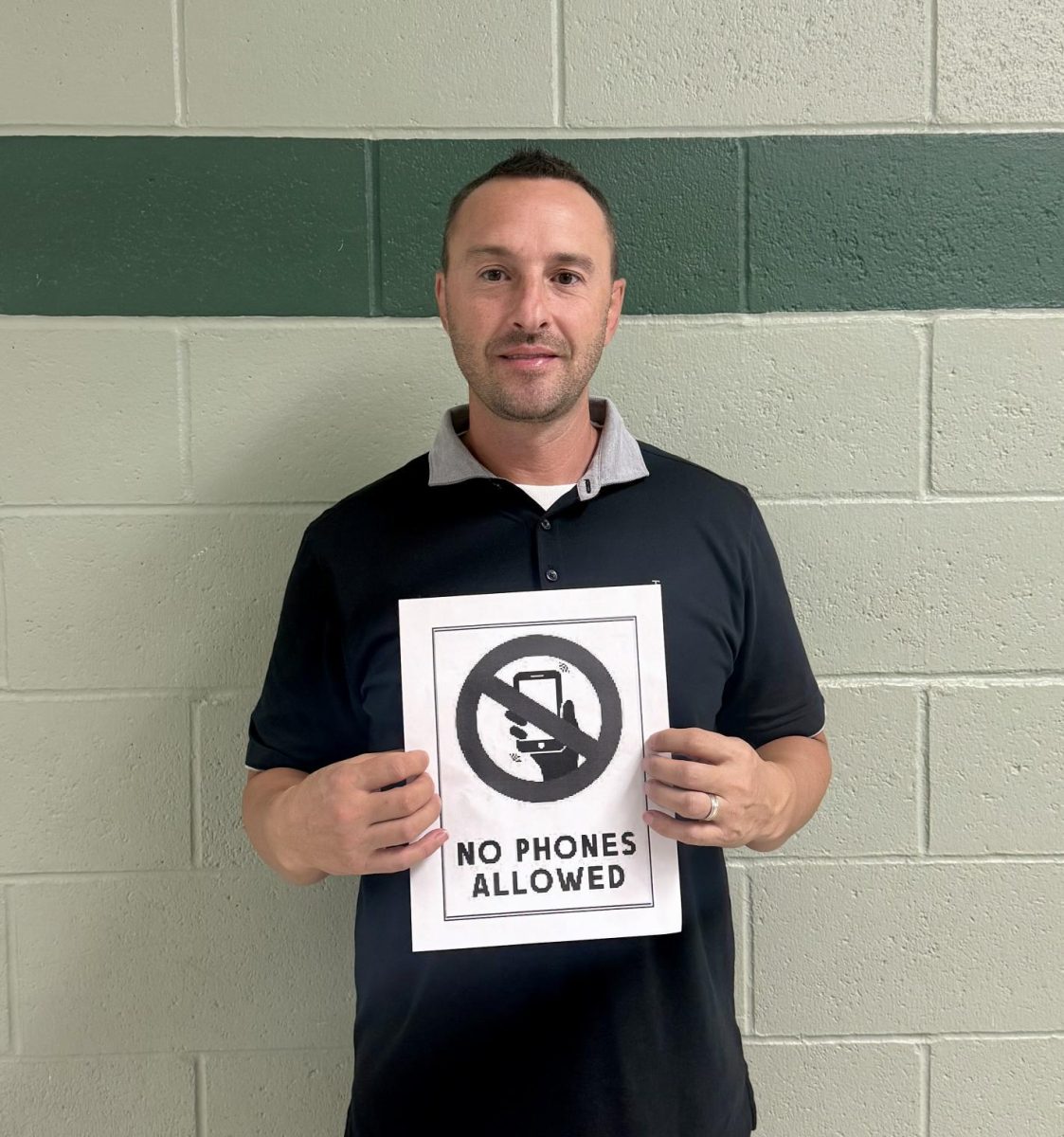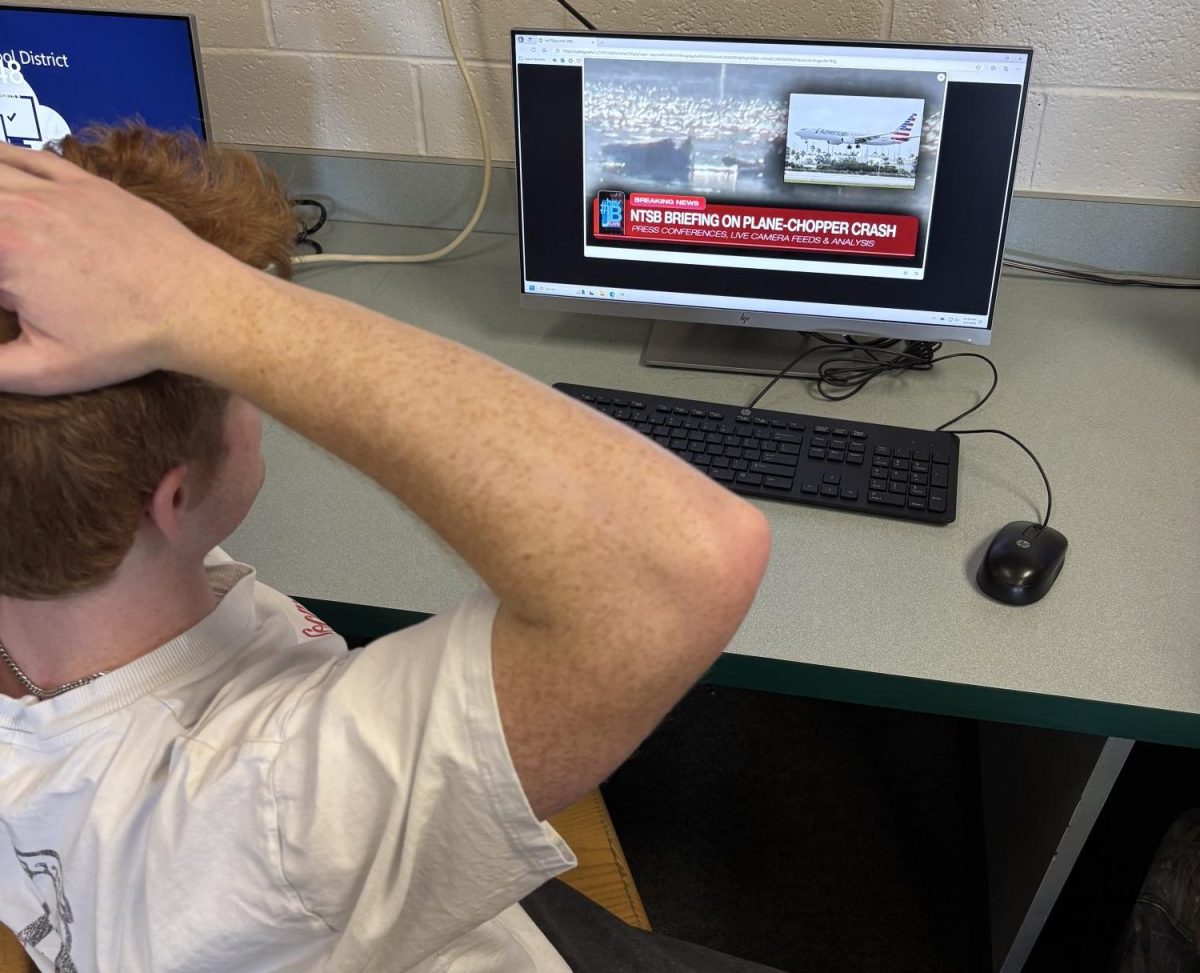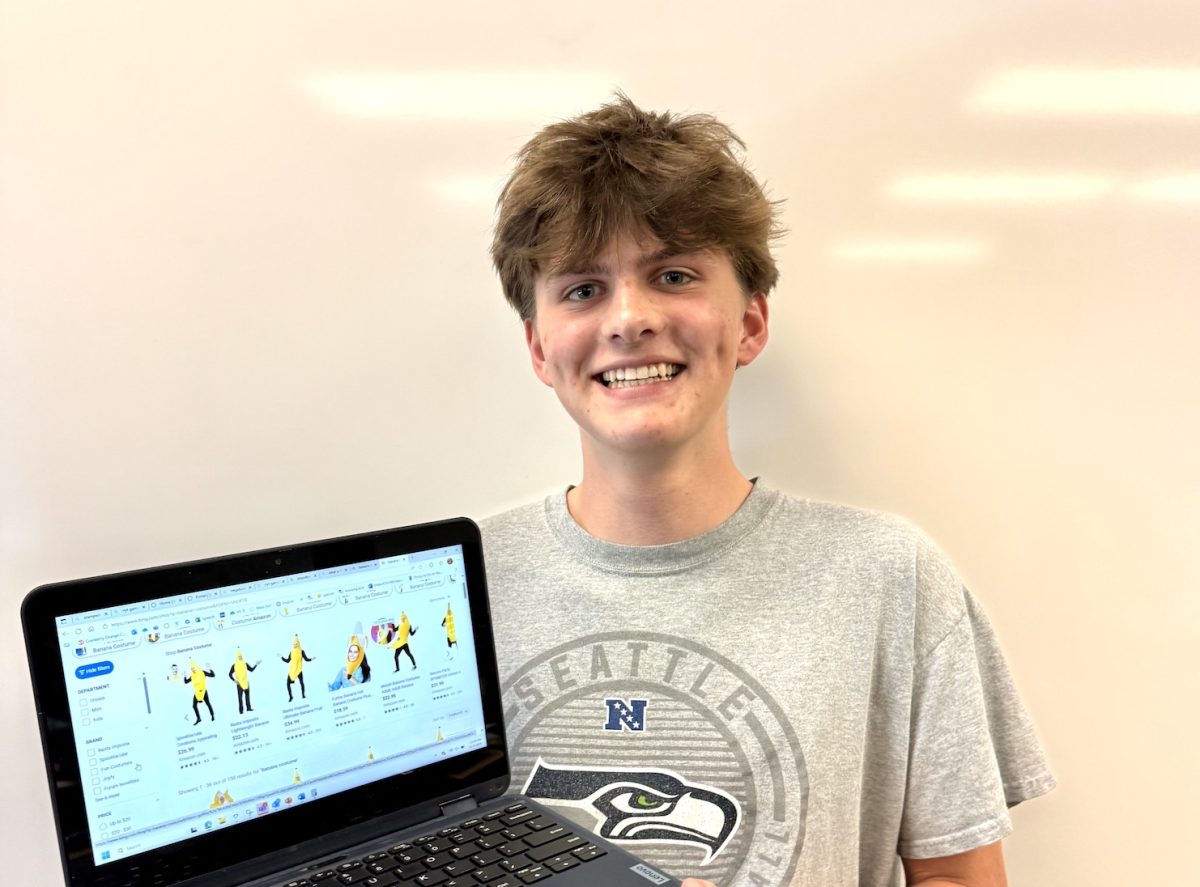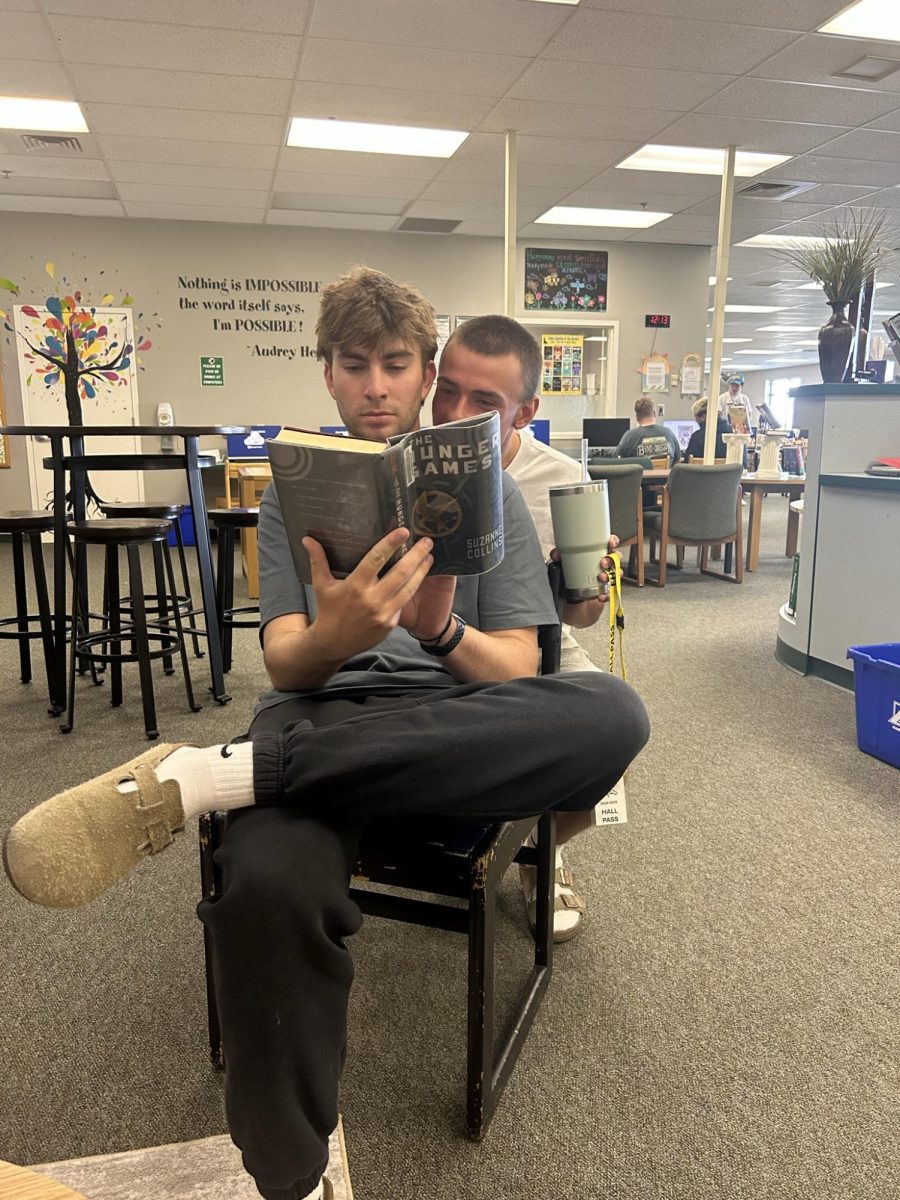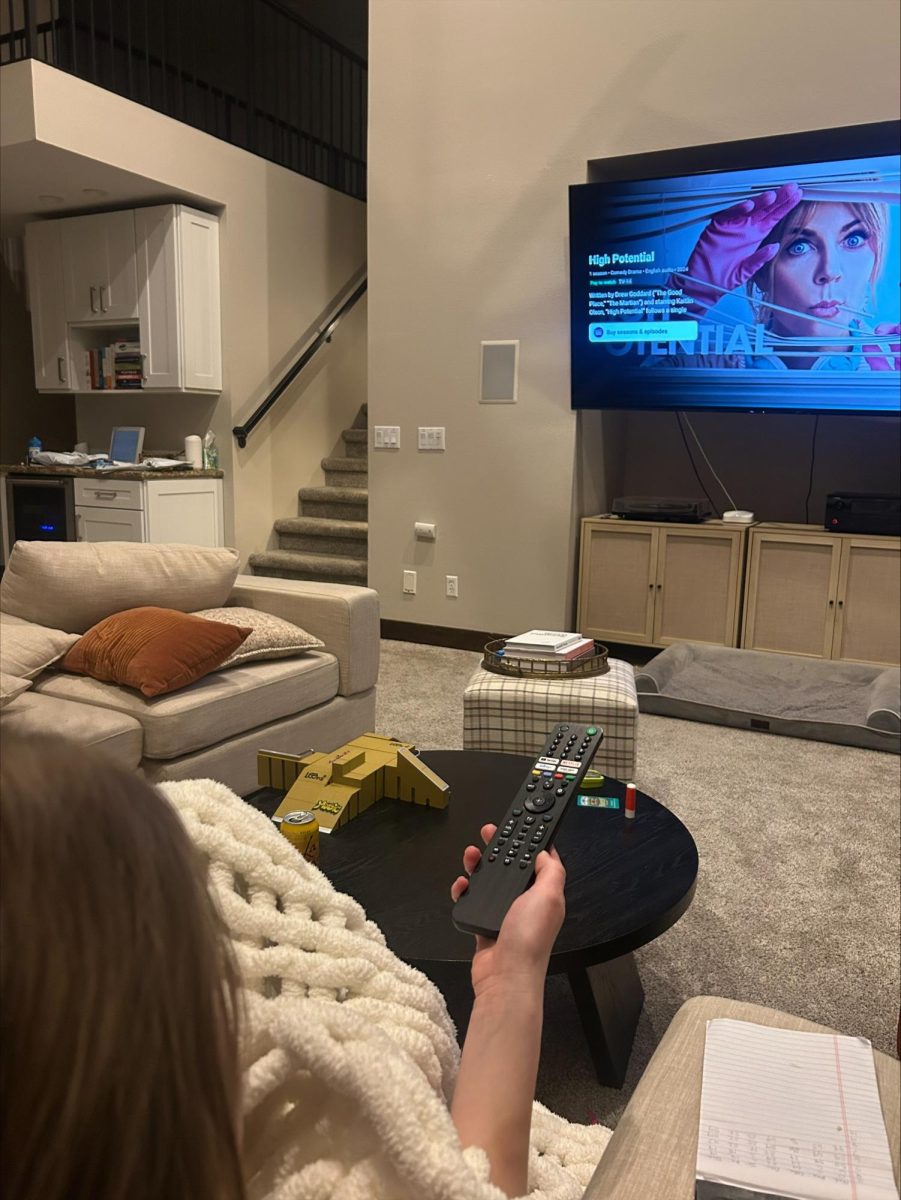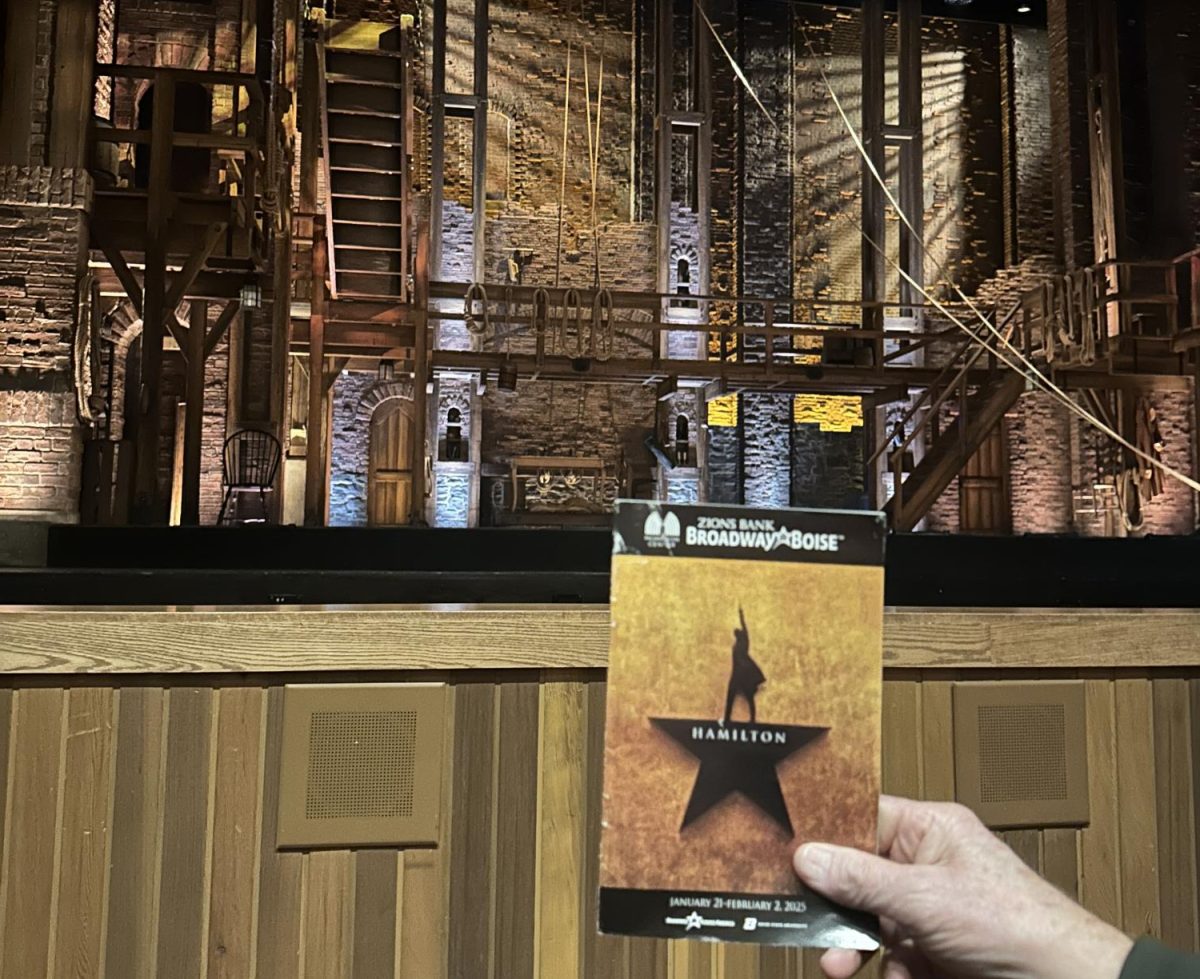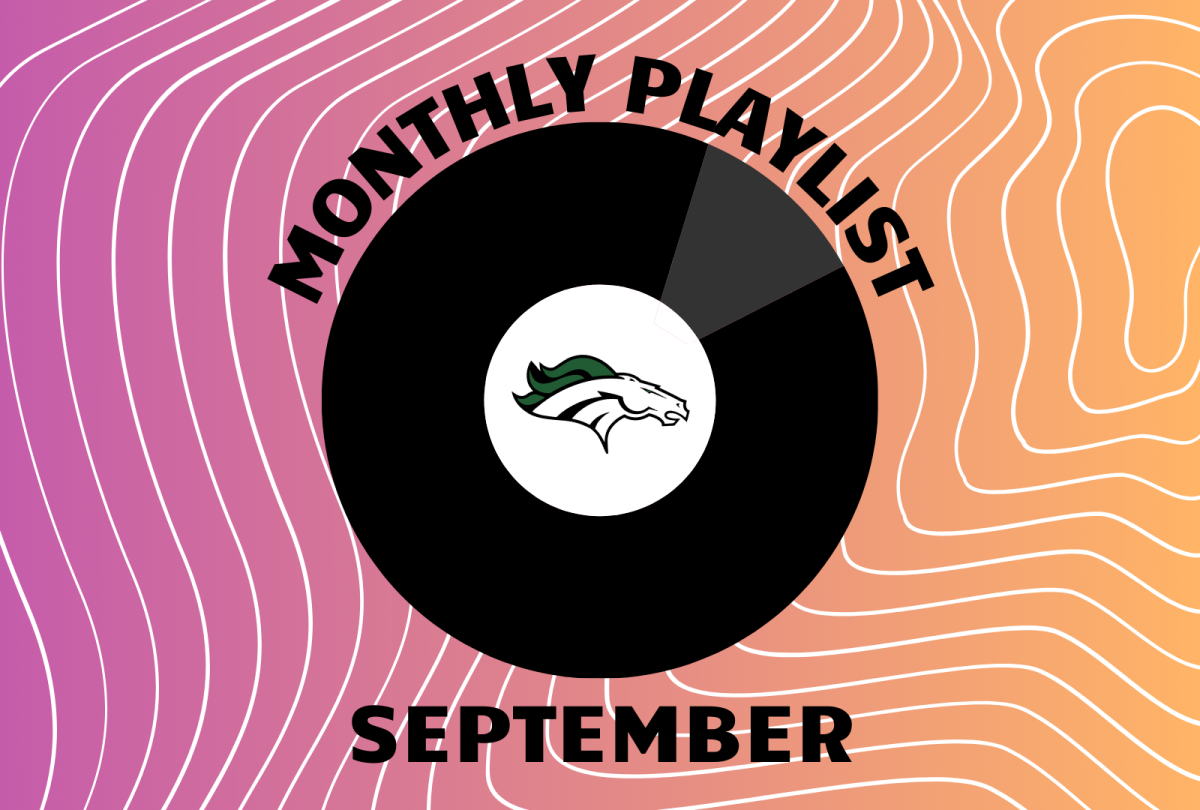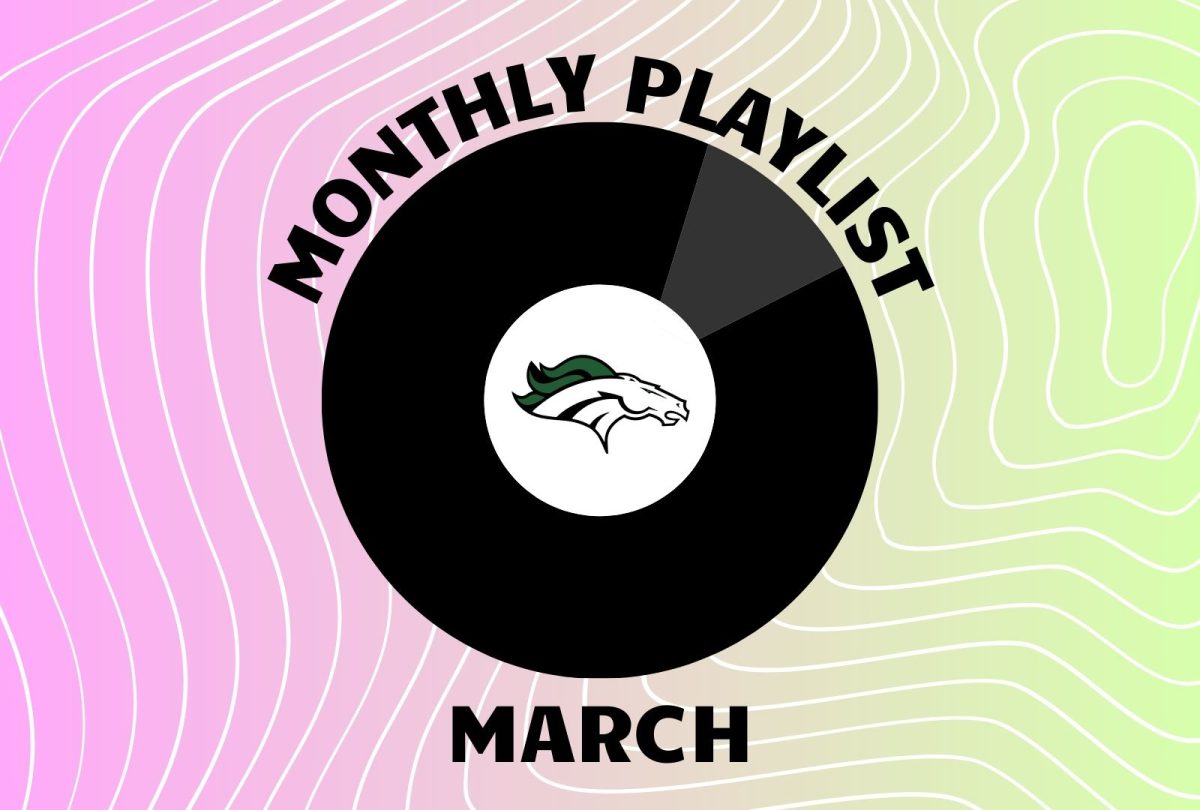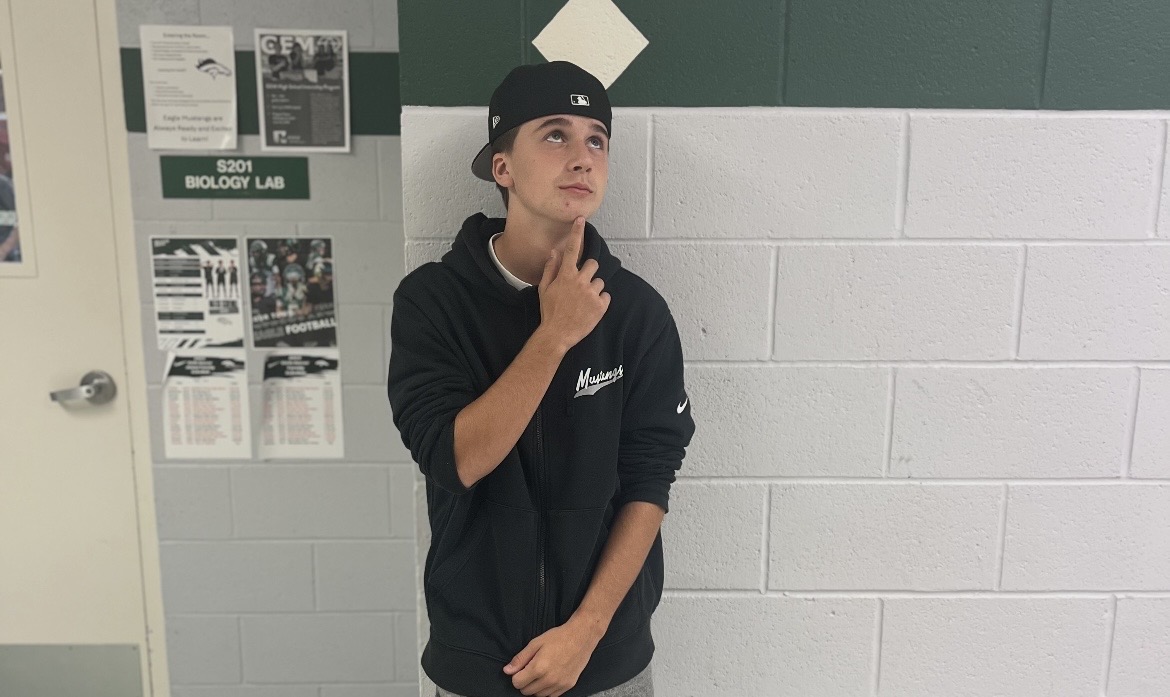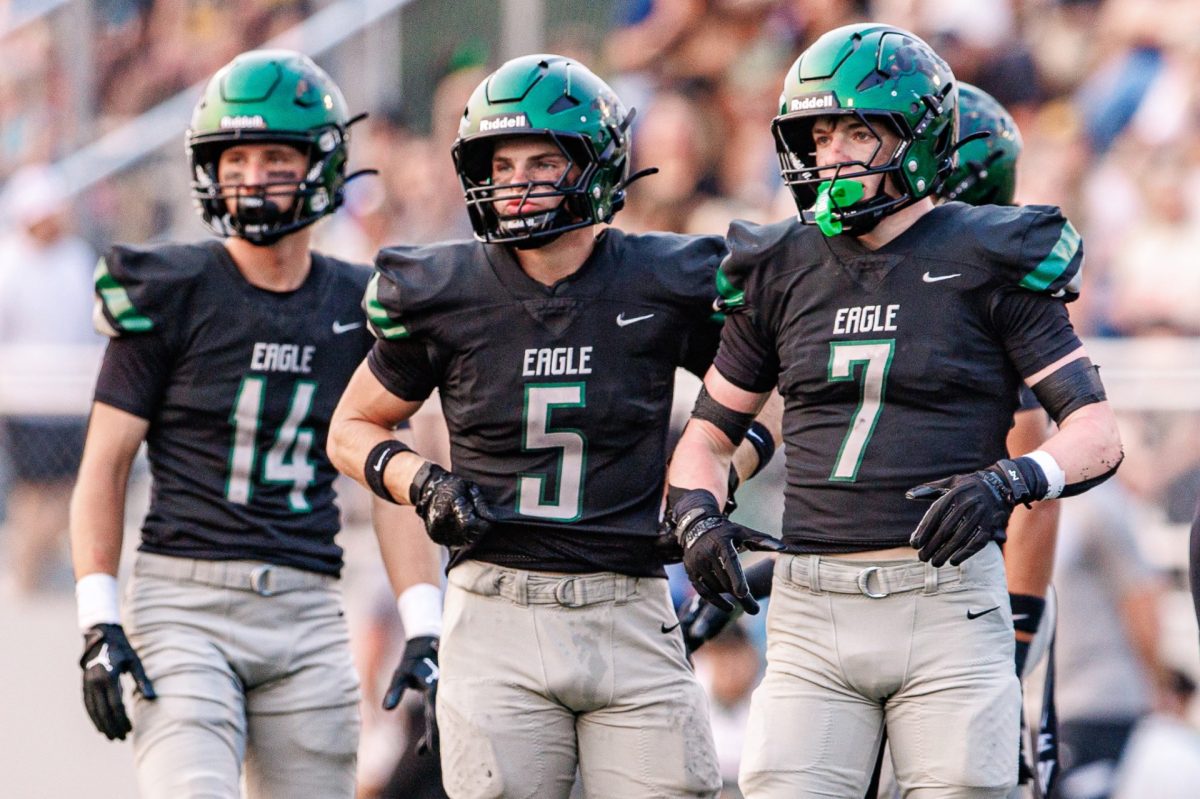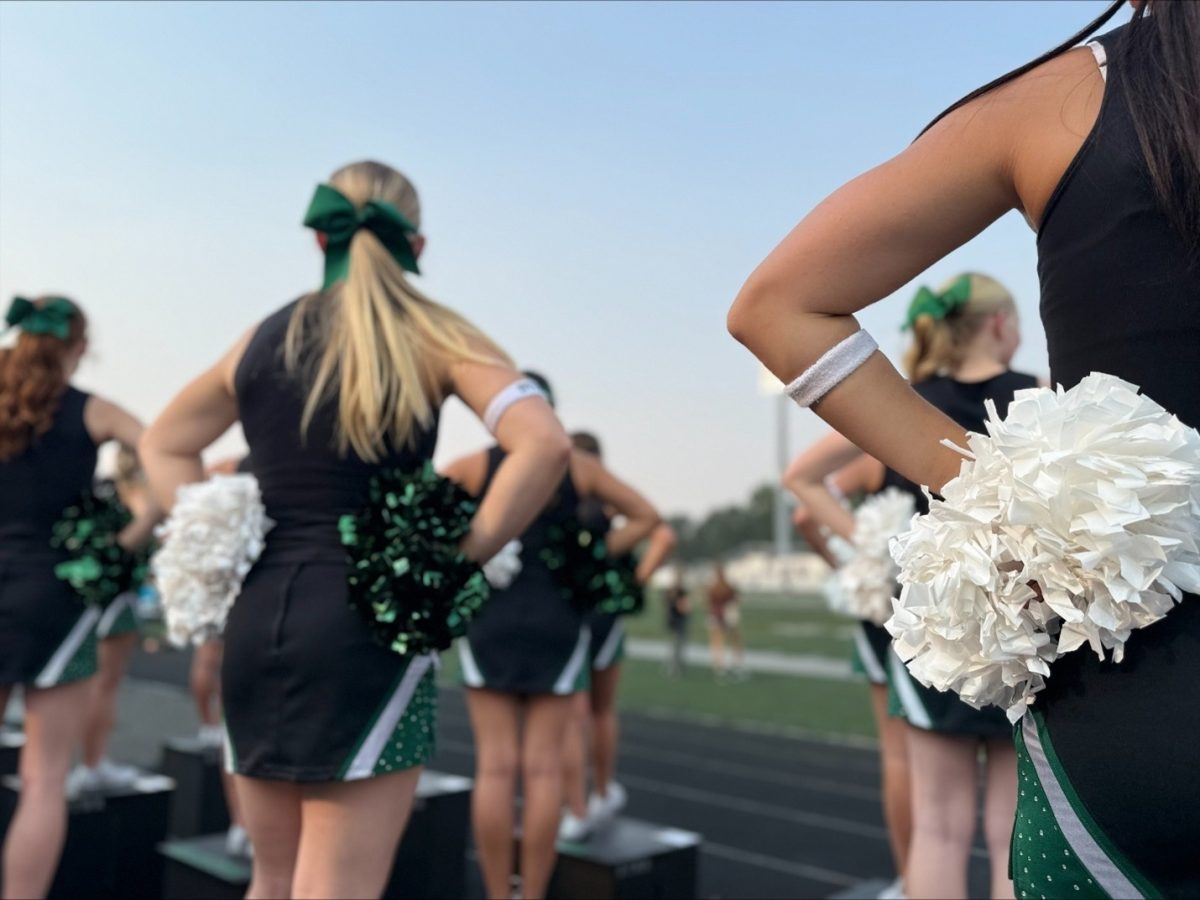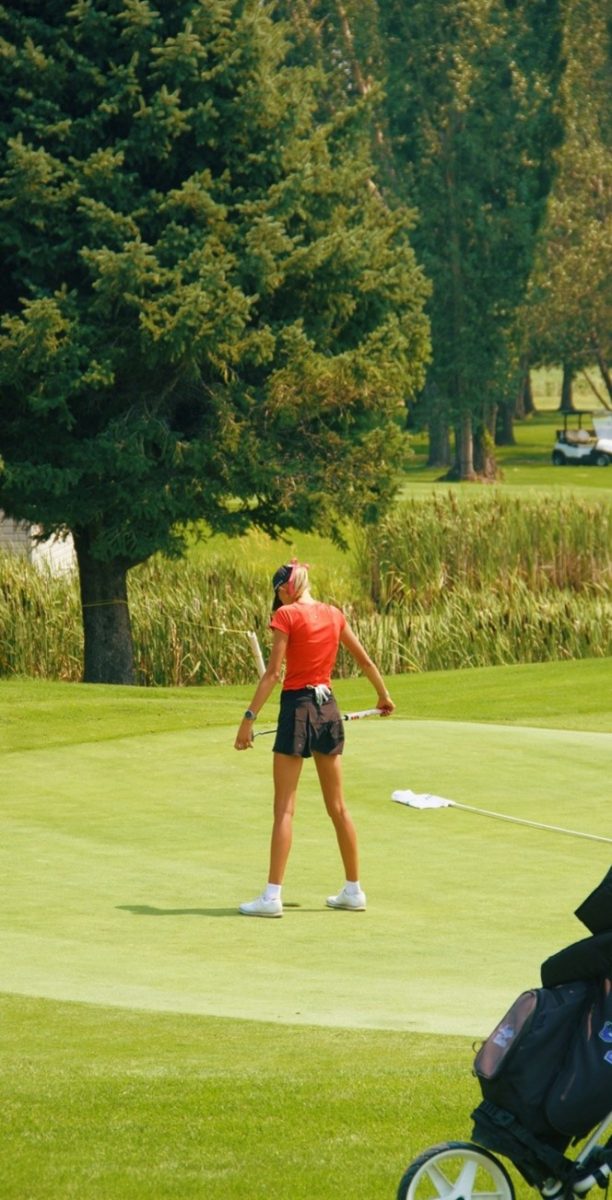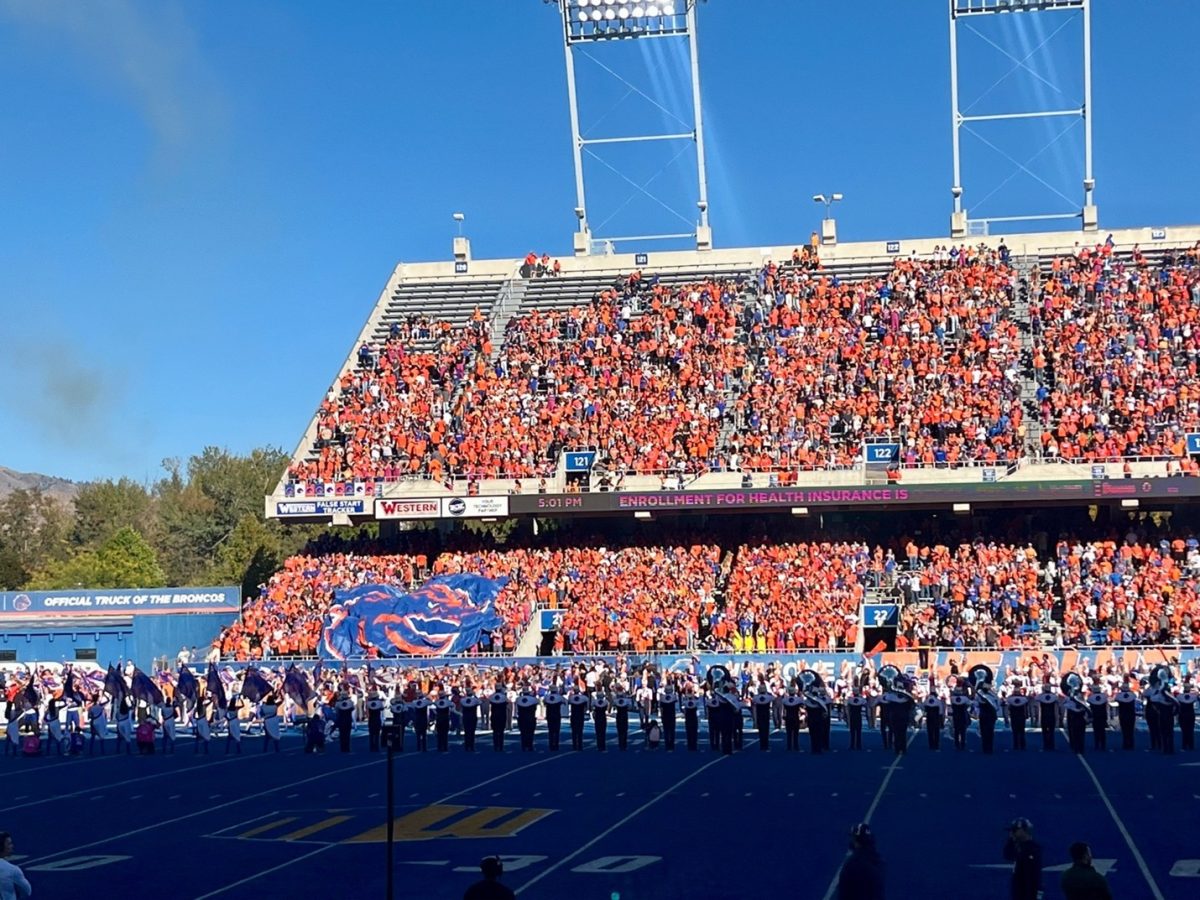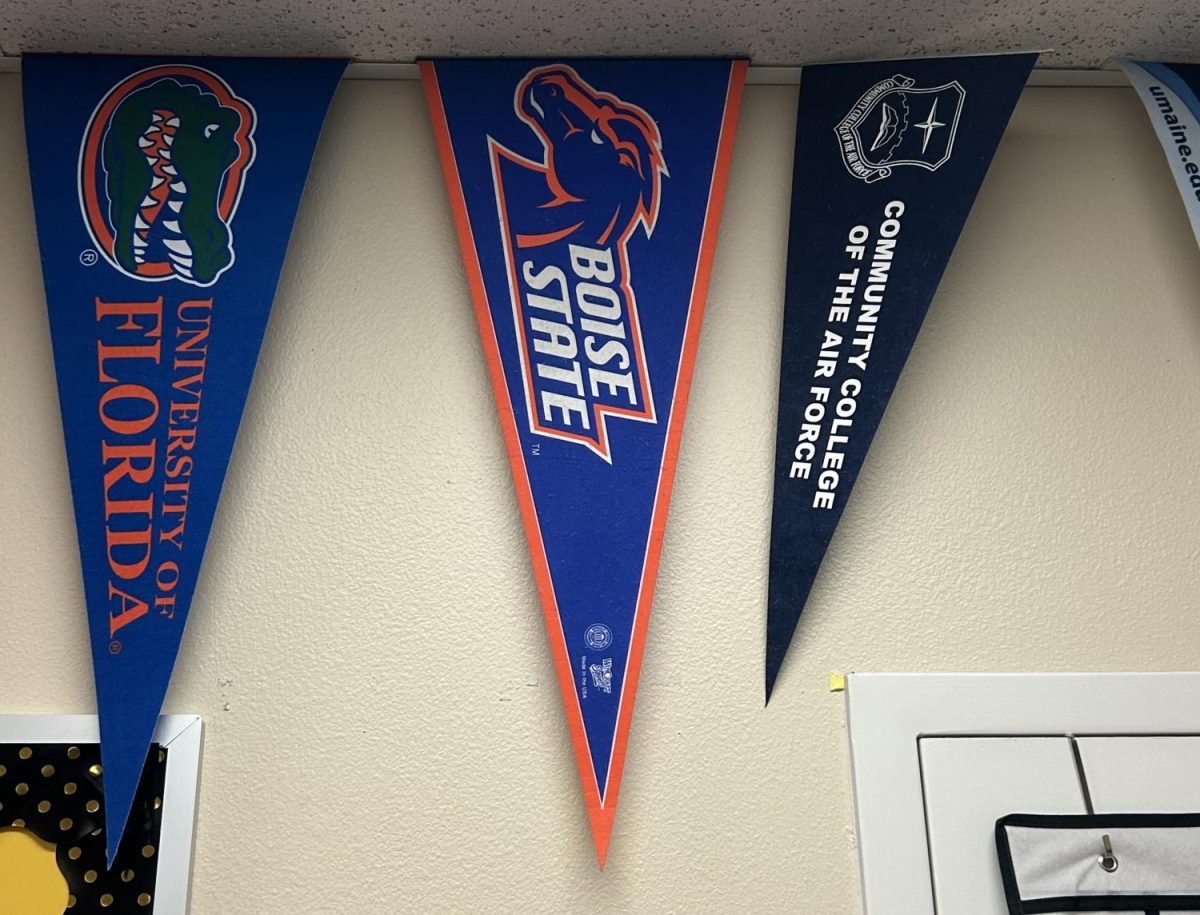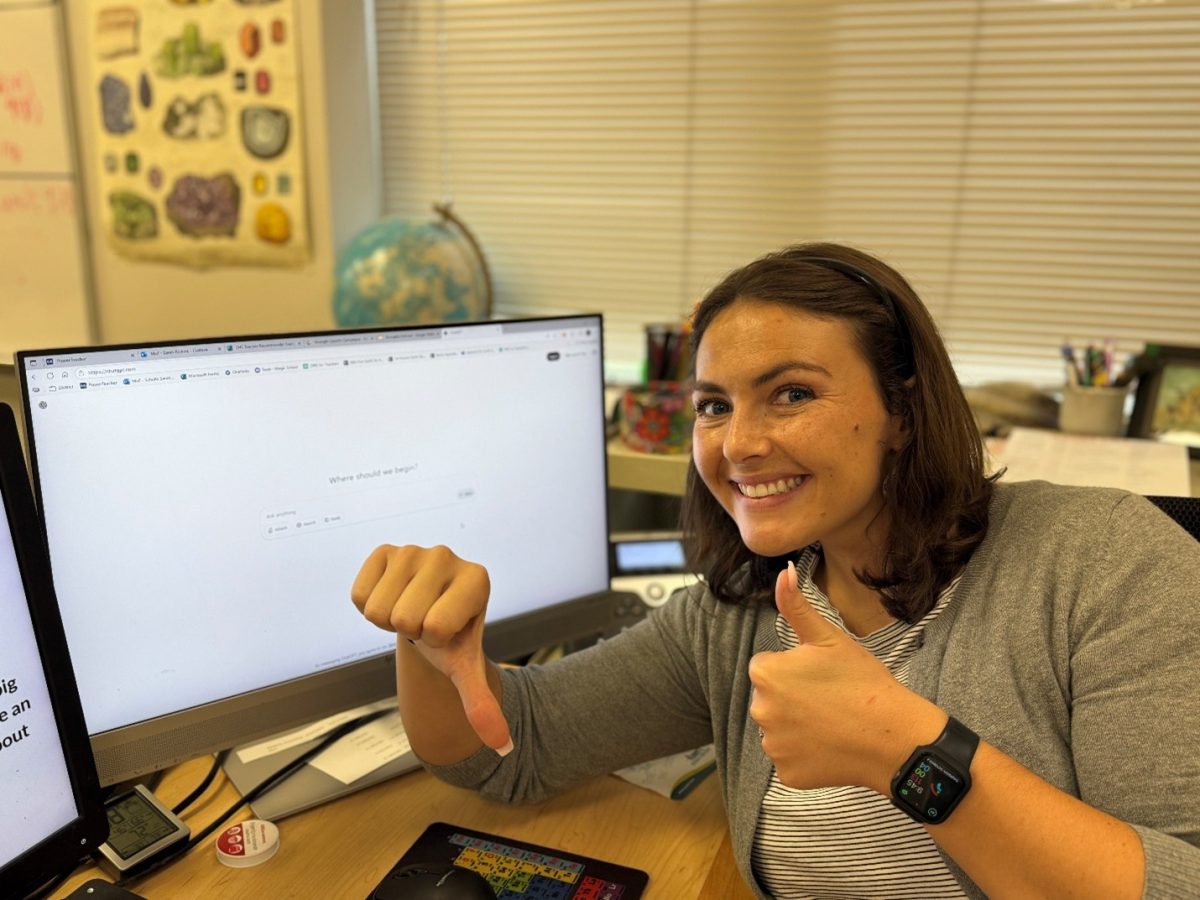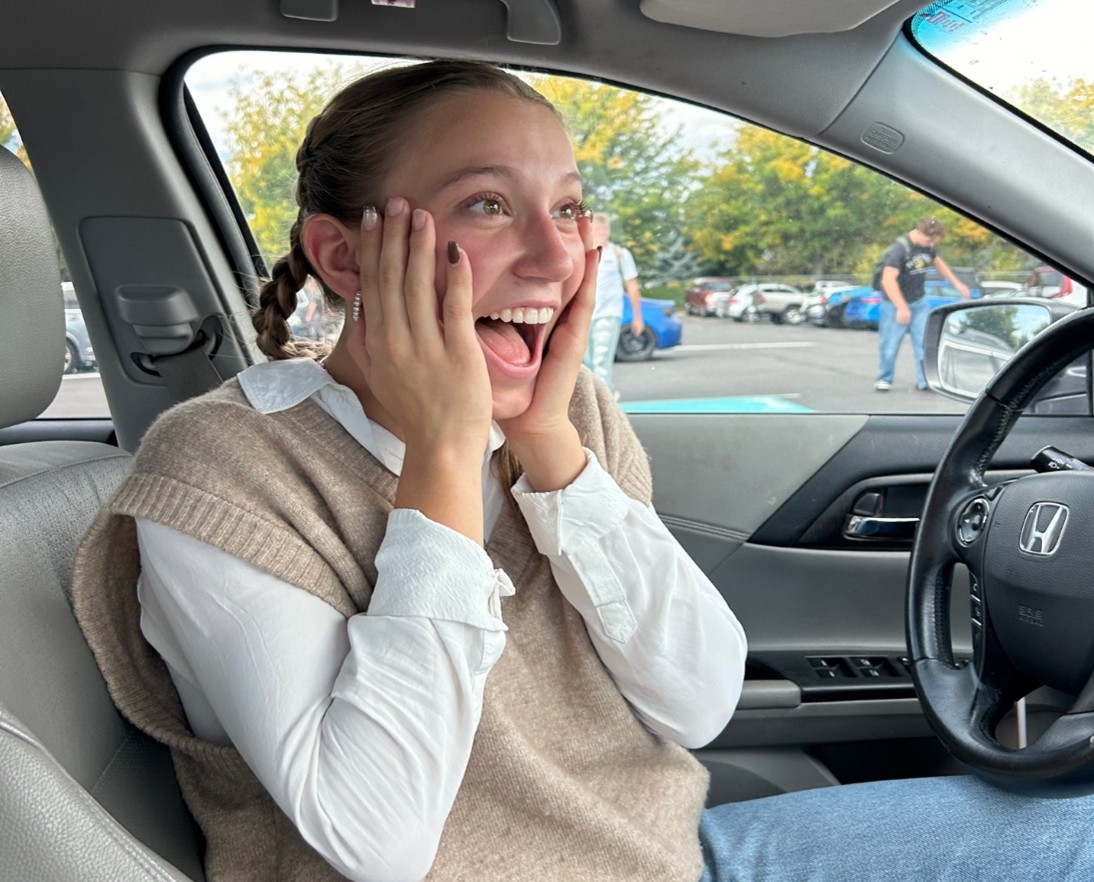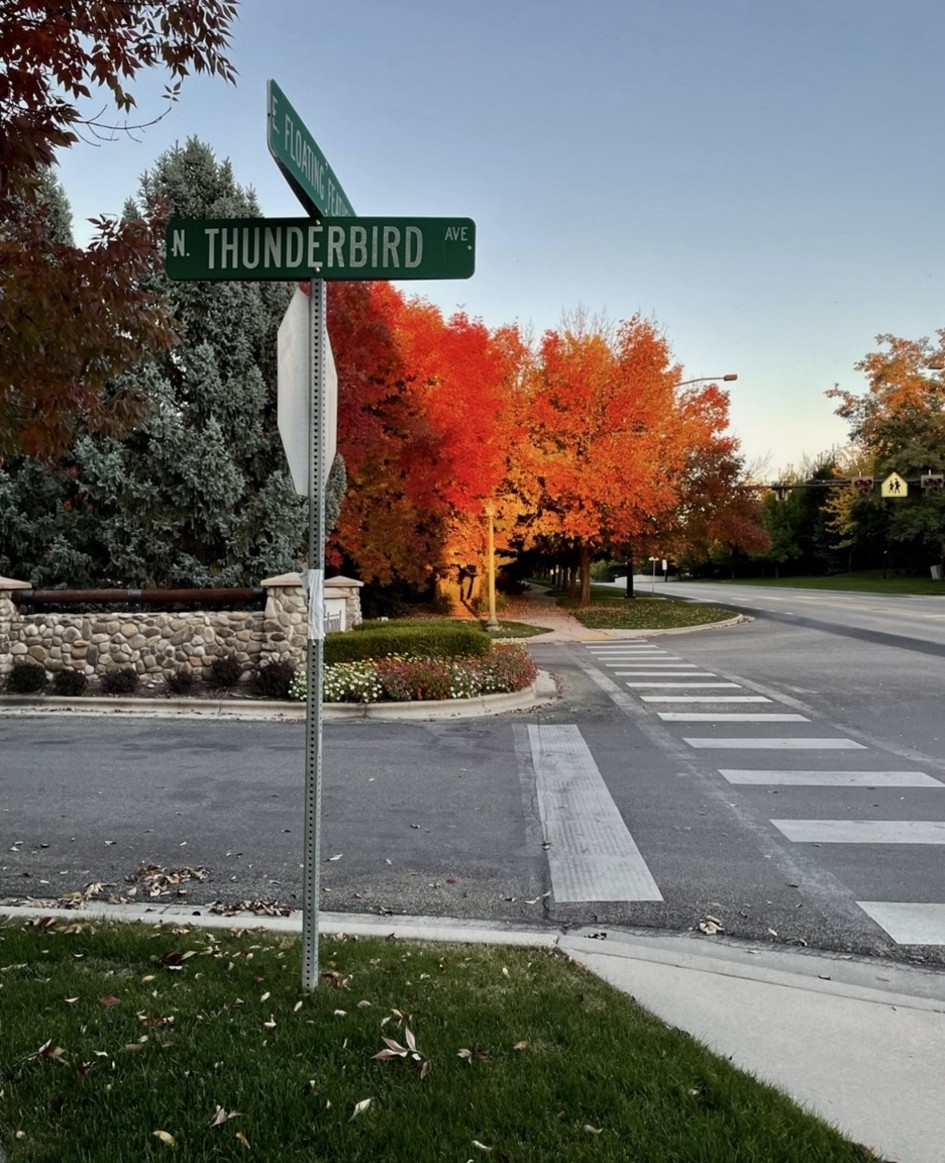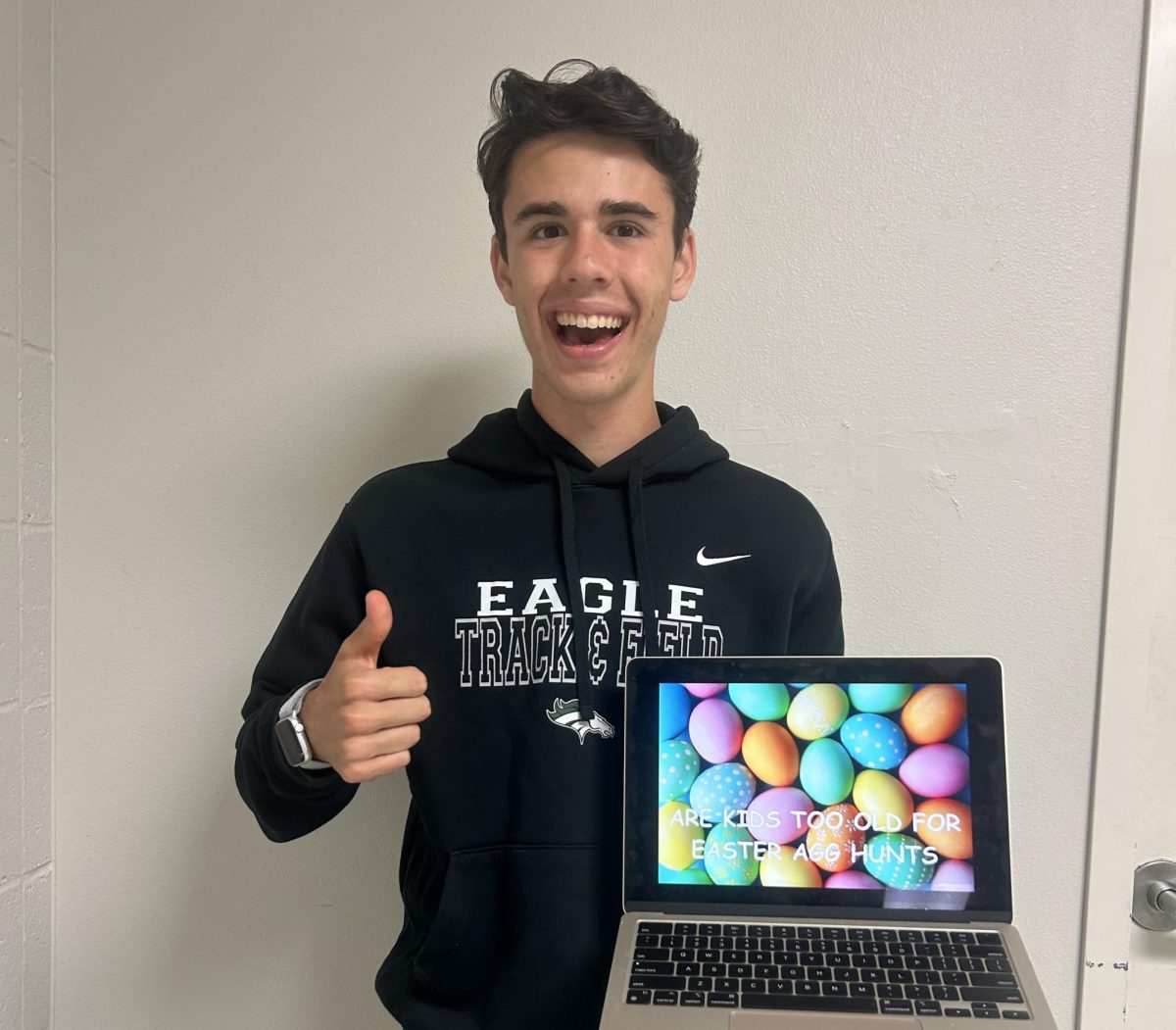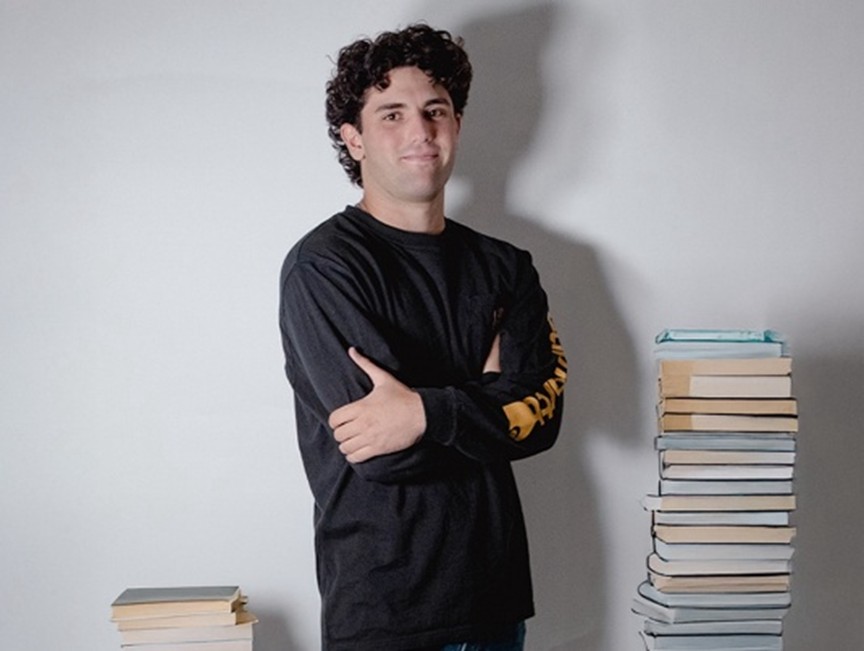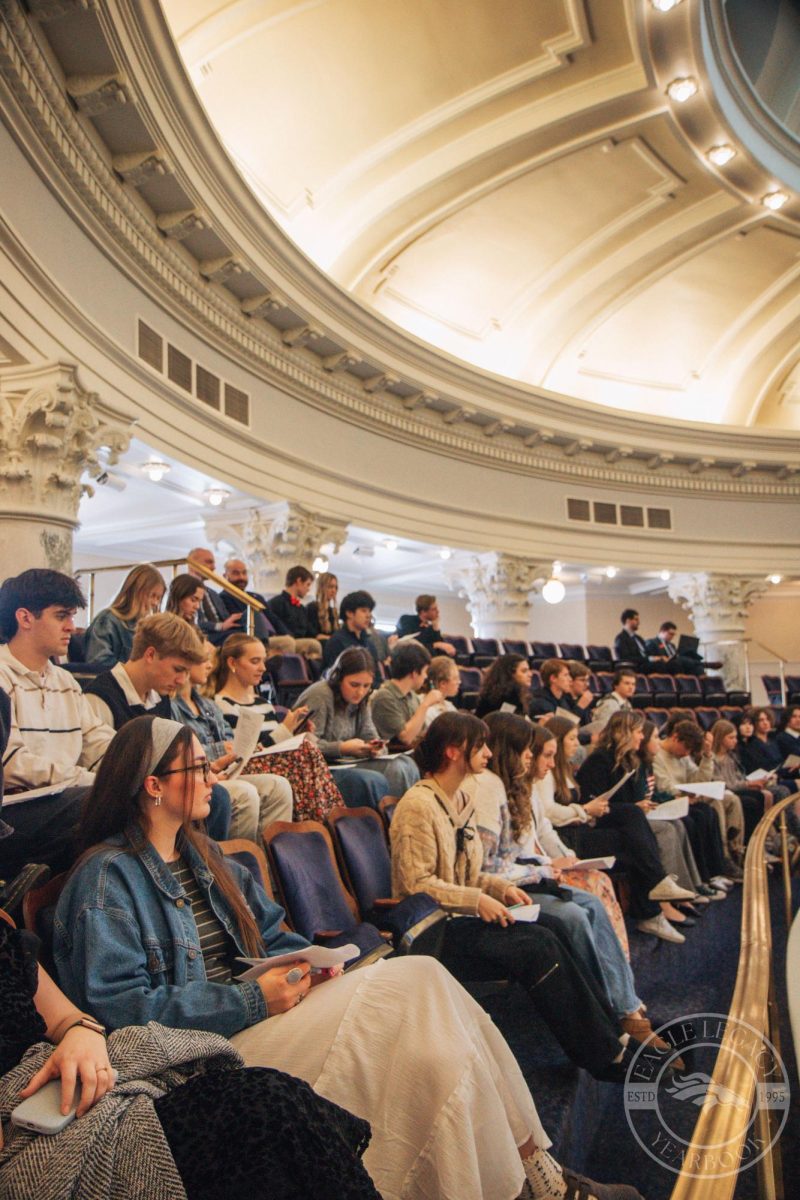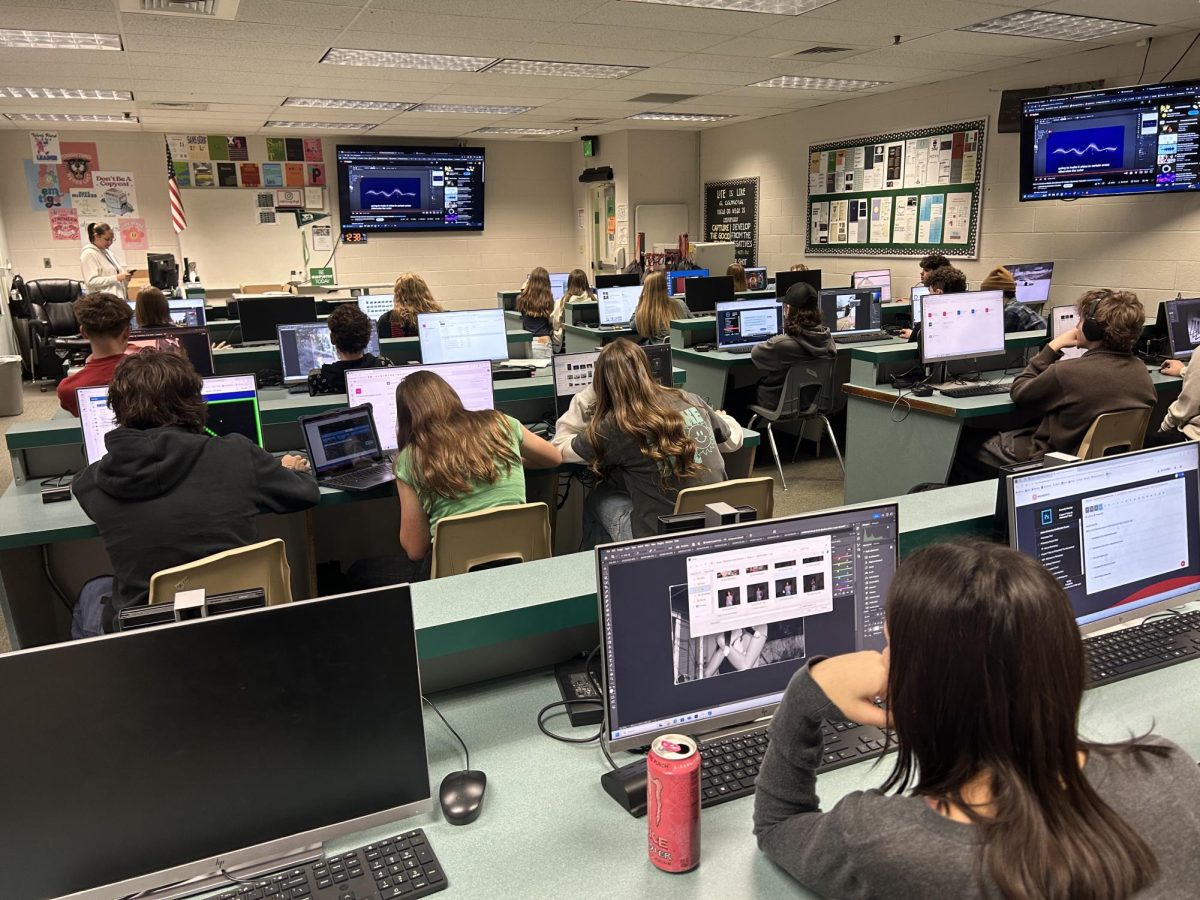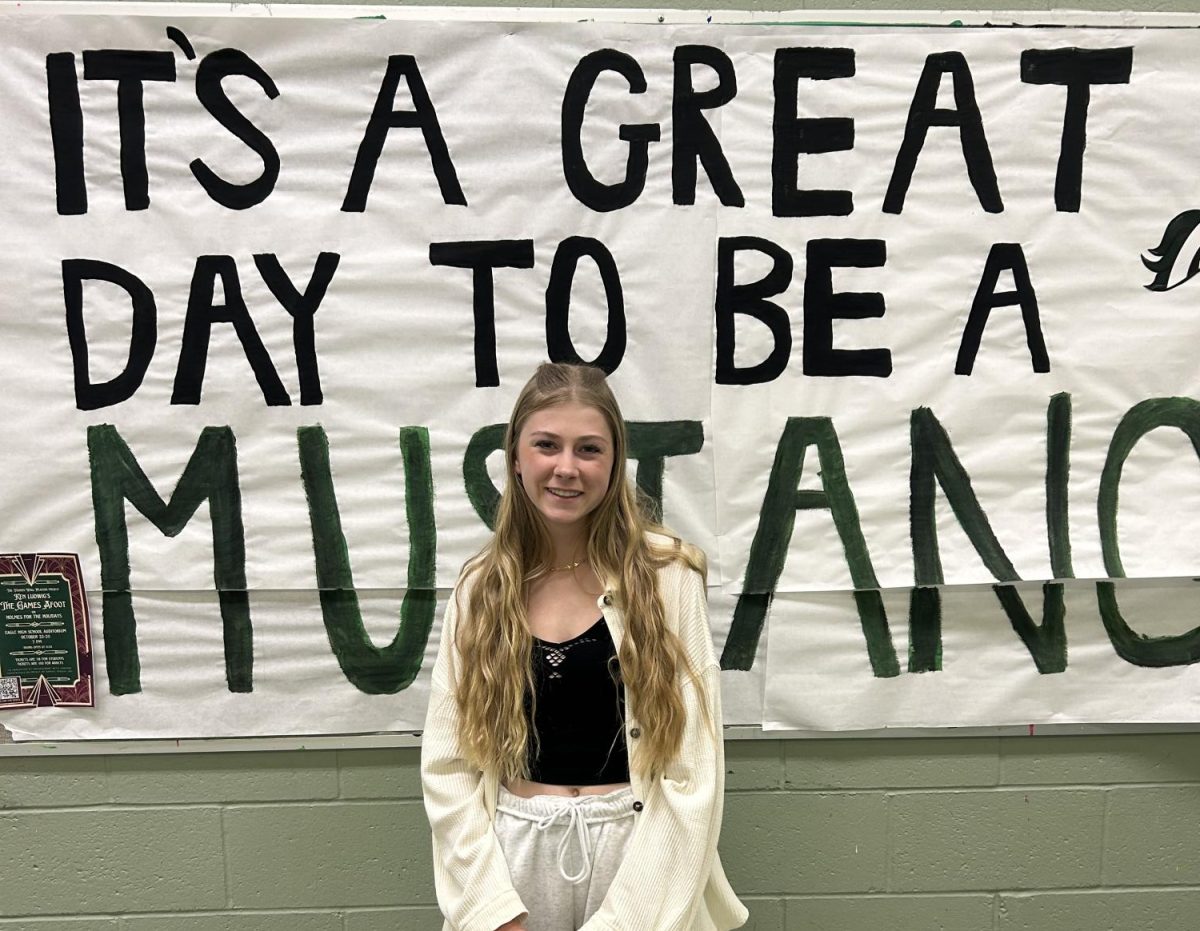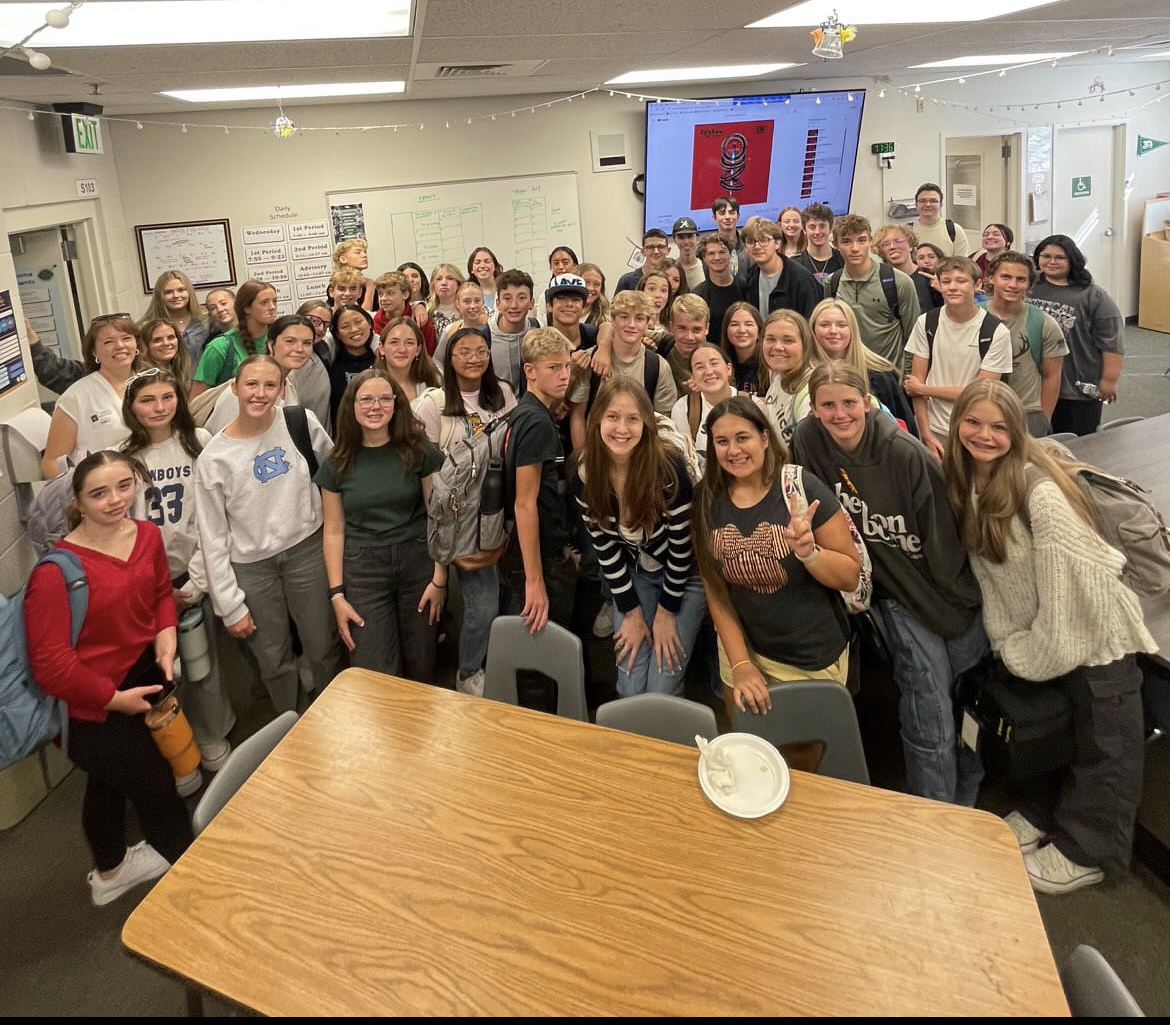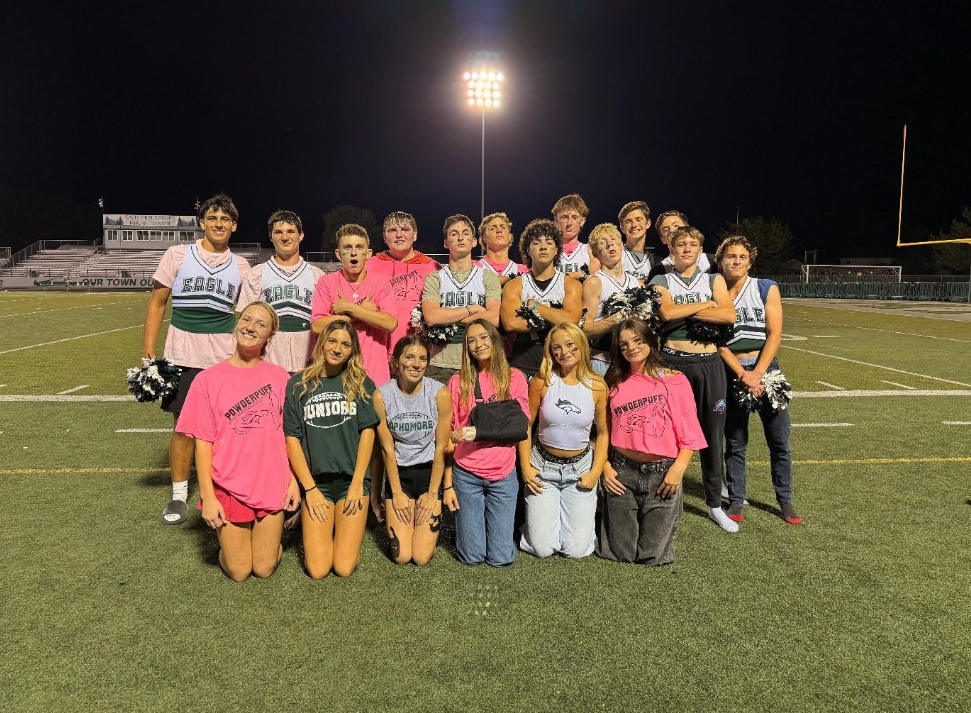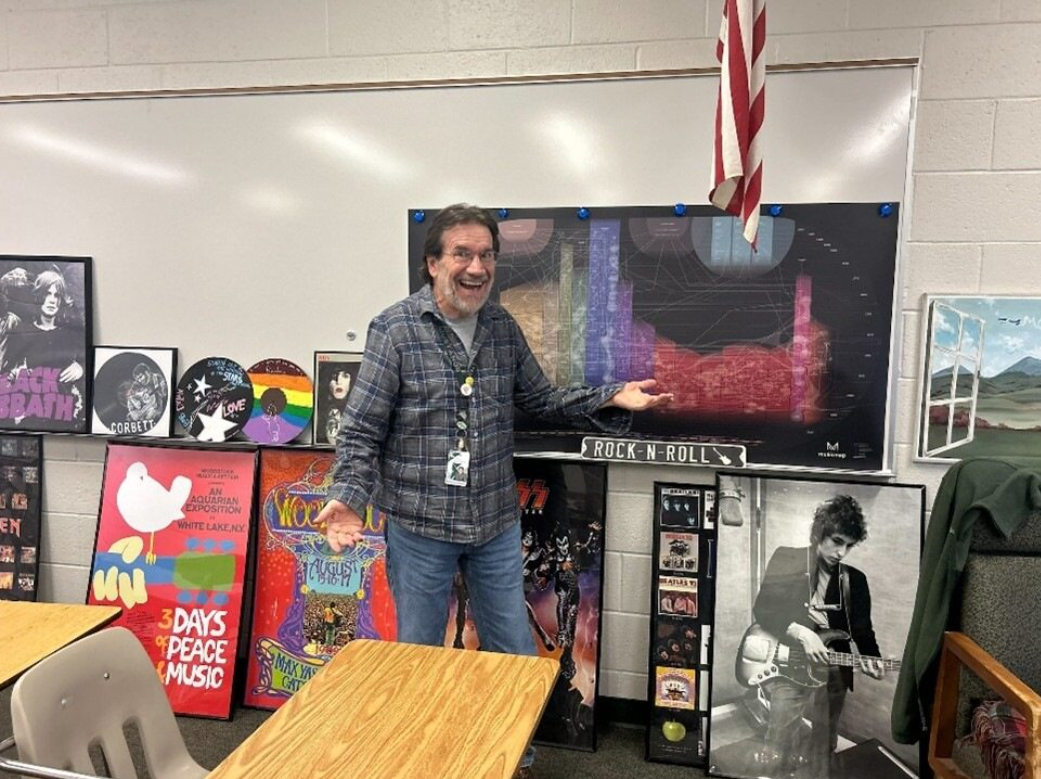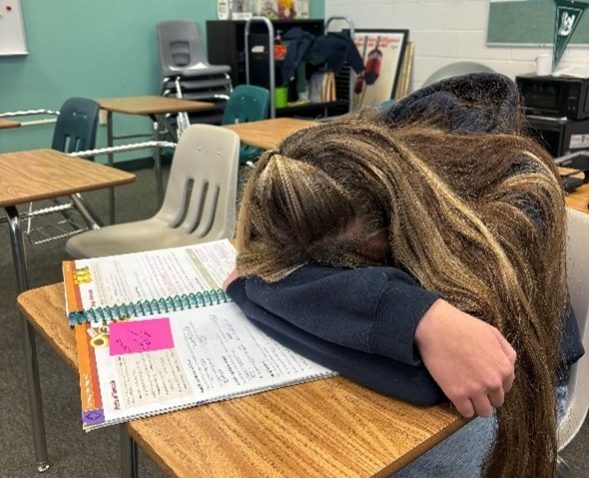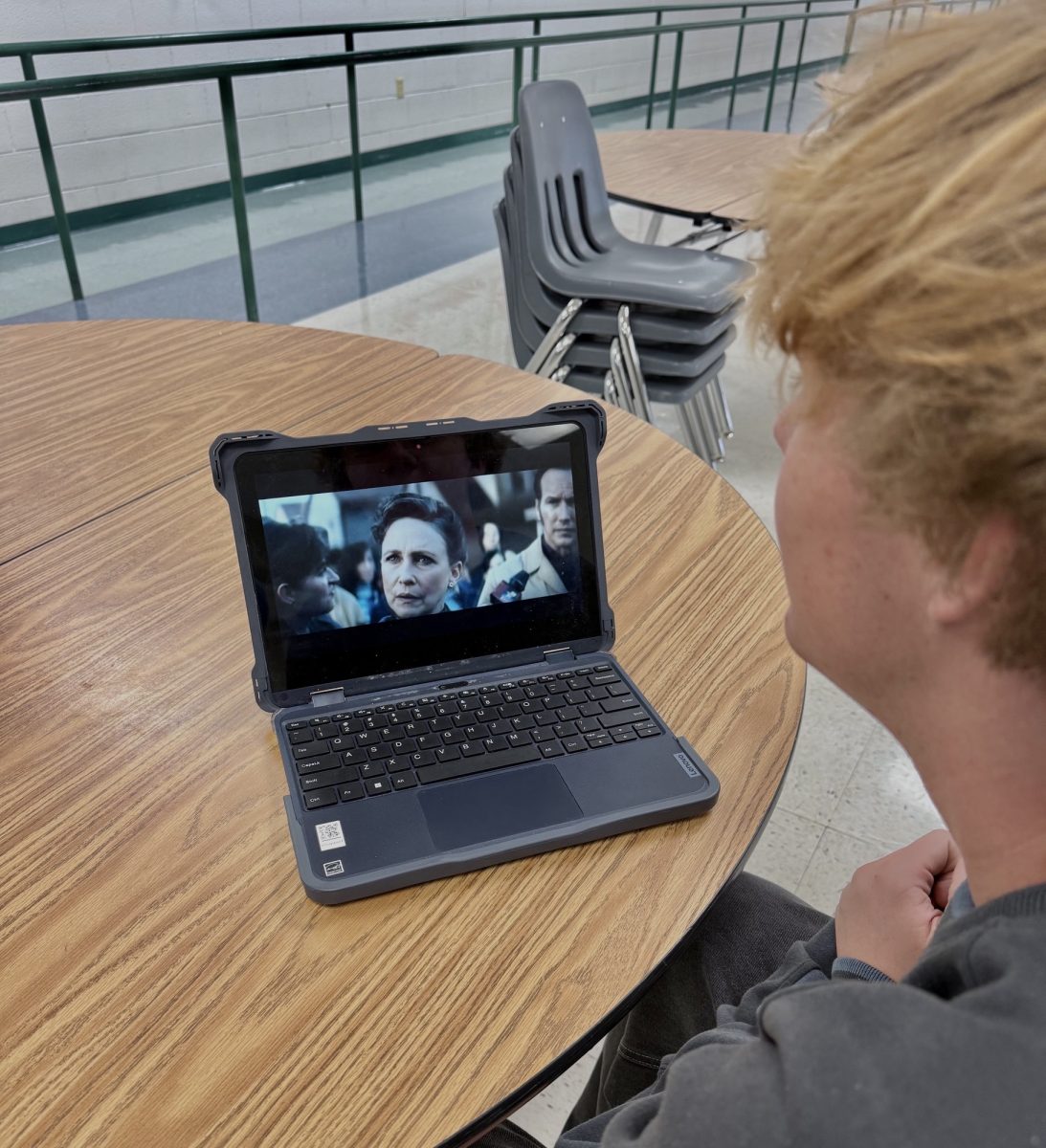With the new development of artificial intelligence, many students are becoming more accustomed to using it on assignments, essays and even their math homework. Students and teachers at Eagle High have been debating whether AI should be used for work, which brings about the potential scenario of its altogether banning.
AI tools like ChatGPT have become more prominent in the education system. They raise constant questions about how students will learn, be taught and what the future of the system will look like. On one hand, AI can help by offering quick explanations, writing help or solving algebra problems.
On the other hand, many are concerned that students may become too dependent on it and eventually will use it to achieve an “easy ‘A’”. Houman Harouni, a lecturer at the Harvard Graduate School of Education and a former elementary and high school teacher, spoke on the issue of technology coming into the education system.
According to Harvard.edu, “Technology creates a shock…This shock is sometimes of a magnitude that we cannot even understand it, in the same way that we still haven’t absorbed the sharp shock of the mobile phone.”
The sudden presence of AI in schools is one of those shocks, leaving many educators wondering how to respond. Some believe the answer is not to ban AI, but to teach students how to use it wisely. According to Harvard.edu, students should be able to use their resources while knowing the limits based on clear guidelines set by professors or teachers.
According to Harvard.edu, “Students are well aware that technologies such as ChatGPT exist and are already experimenting with them on their own, but they need guidance about how to use them responsibly.” In other words, students are already ahead of the rules, and rather than ignoring or fearing AI, schools need to provide instruction about ethical use. That responsibility also falls on teachers. The role of educators must grow alongside technology.
According to Harvard.edu, “At the moment that the exploration [with AI] ends with the answer, you know that your work as a teacher begins”. When AI provides a quick solution, it’s the teacher’s job to help students reflect on that solution, question it and go further than the machine. AI might give an answer, but it’s still up to humans to think critically and determine the facts in the middle of the lies.
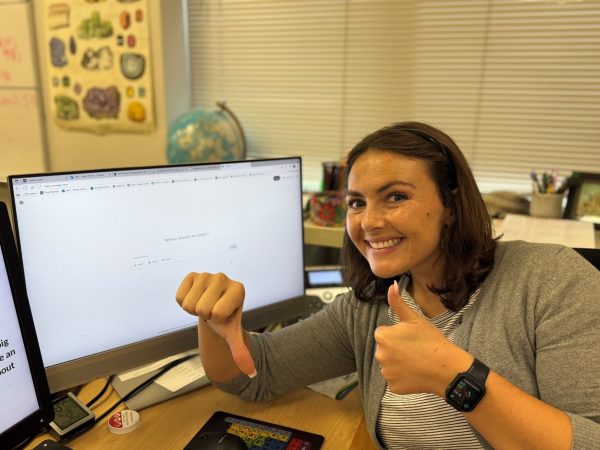
However, there are some serious risks if schools do not manage AI usage carefully.
According to Illinois.edu, “Relying more and more on AI may reduce the teacher-to-student interactions and relationships and take away from the social-emotional aspects of learning. If those interactions diminish, students’ social skills and interpersonal development will suffer”. School is about more than just information. It’s about connection, and too much dependence on technology could weaken those relationships that used to come so easily.
Still, not all experts see AI as a threat. Some argue that if used correctly, it can enhance learning instead of replacing it.
According to WIRED, “AI will not address these issues, but can be a tool to transform the way we think, work and act, reflecting back to us what we will most probably say the first time around and inviting us to try again and again”. This view suggests that AI, rather than giving final answers, can act like a mirror, which encourages students to rethink and improve their ideas.
At Eagle High, as well as schools across the country, the question is no longer whether students will use AI, but how will they use it. Banning AI completely may not be realistic, but ignoring it is even more dangerous. With rules and strong teaching, artificial intelligence can become a tool that strengthens education rather than weakening it.

